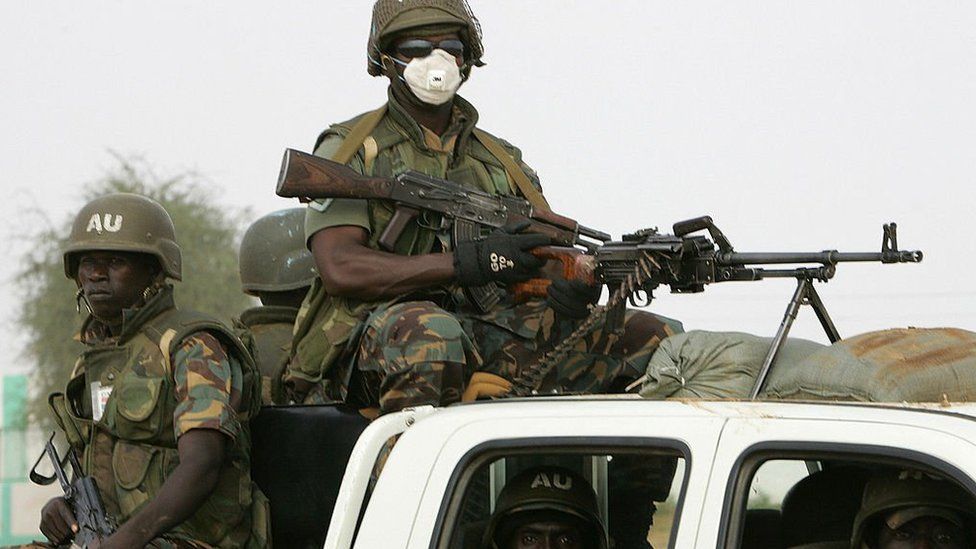
In 2016, for example, the Republic of South Sudan still had nearly 4.6km2 of areas suspected to contain antipersonnel mines, according to the Landmine and Cluster Munitions Monitor. Most of these hotspots have suffered repeated episodes of violence.Īccording to Paul Collier, professor of economics and public policy in the Blavatnik School of Government at the University of Oxford and director of the Centre for the Study of African Economies, during the 1990s there were more than three times as many ongoing wars than at any given time during the 1950s and about twice as many as at any time during the 1960s.Īlmost a generation later, the effects of these armed conflicts of the 90s, mainly internal conflicts among political factions or ethnic groups within countries, have left a deep and lasting scar on Africa’s wildlife and environments.

In 2009, Conservation International reported that over 90% of the major armed conflicts between 19 occurred within countries containing biodiversity hotspots, and more than 80% took place directly within hotspot areas. The main reason, say experts, is the changes that have occurred in the scale, intensity and technologies associated with military conflicts and violent civil strife.


The changing nature of armed conflict in Africa and its effects on the continent’s biodiversity and ecosystems has rendered these natural resources even more vulnerable than in previous times.


 0 kommentar(er)
0 kommentar(er)
